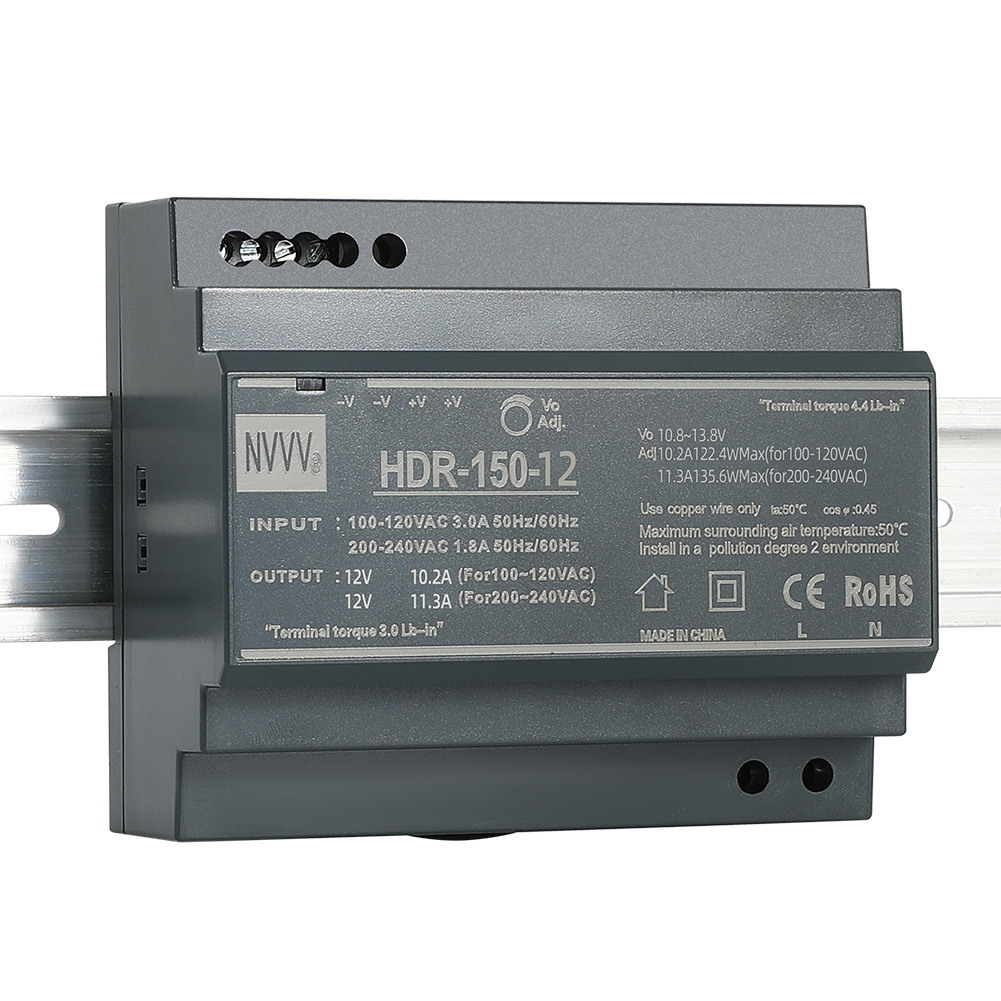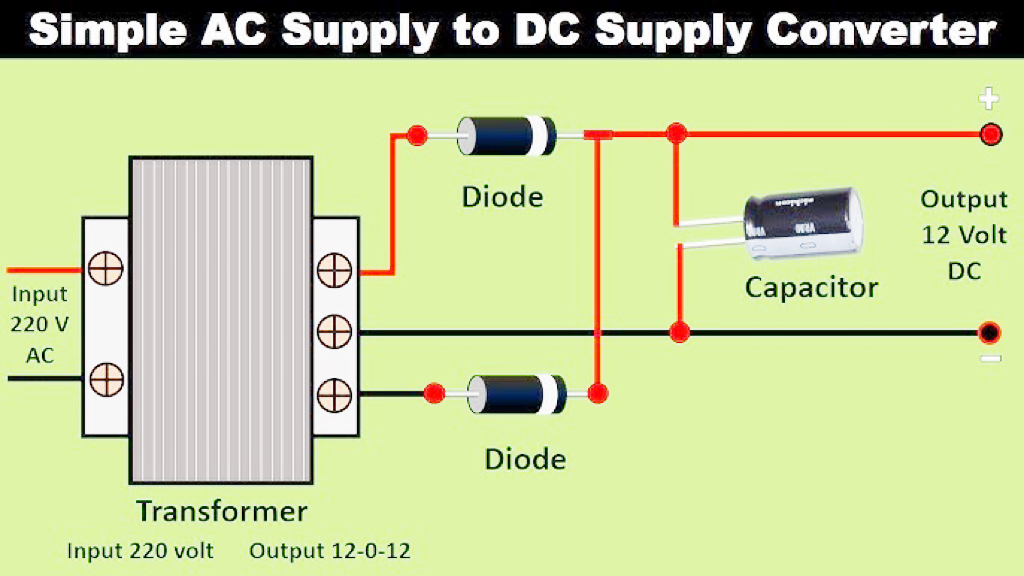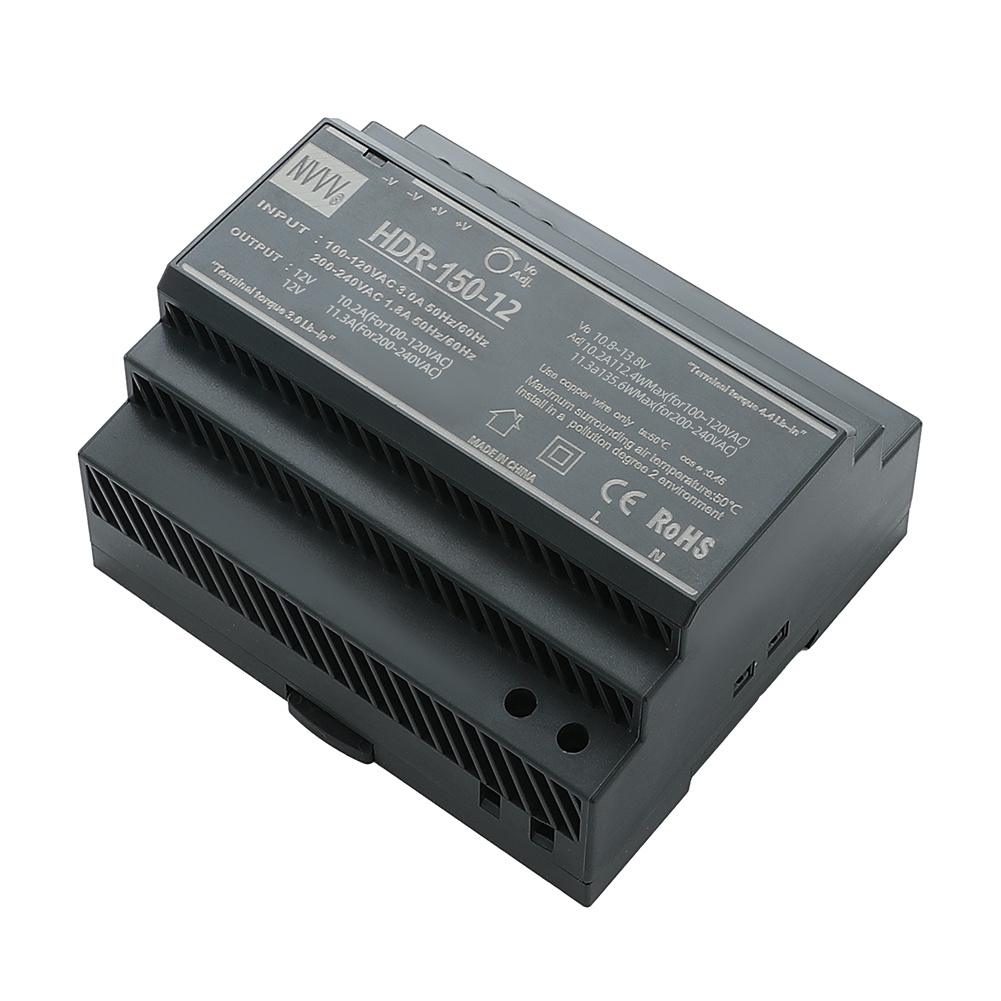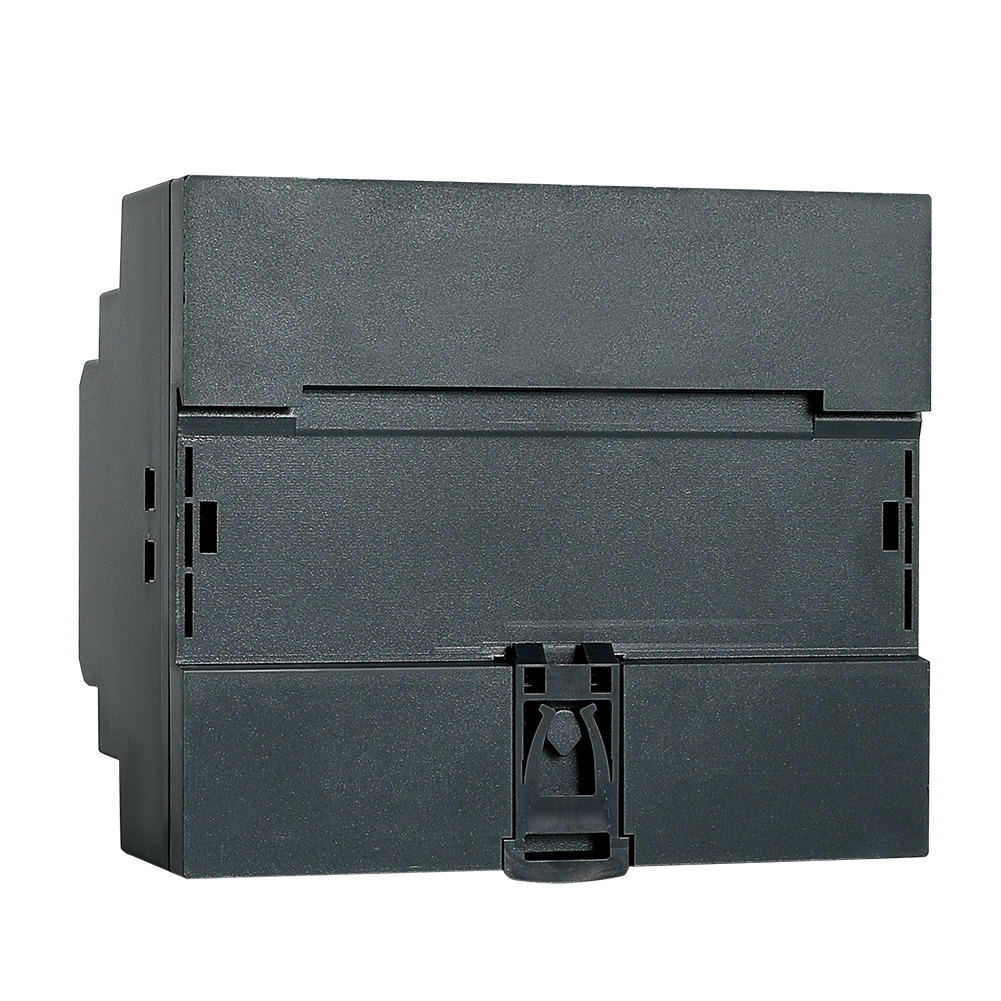How do I know if my SMPS is working properly?-NVVV
Switching Mode Power Supply (SMPS) plays a vital role in modern electronic devices. It can efficiently convert alternating current (AC) into direct current (DC) and provide a stable and reliable power supply for the device. Whether in industrial equipment, household appliances or communication systems, the working performance of SMPS directly affects the overall operating status of the equipment. However, as the equipment is used for a longer time or the external environment changes, the SMPS may experience performance degradation or failure. So, how to judge whether the SMPS is working properly? In this article, we will explore this issue in depth, introduce common inspection methods, troubleshooting techniques, and how to ensure the long-term stable operation of the SMPS through maintenance.
1. What are the normal working performances of SMPS?
When judging whether the SMPS is working properly, understanding its performance under normal working conditions is the first step. The following characteristics can help users identify whether its working status is normal.
Stable voltage output
The main function of SMPS is to convert unstable AC power into stable DC power. The stability of the output voltage is a key factor in judging whether the SMPS is working properly. SMPS should provide a constant DC voltage regardless of changes in input voltage or load conditions. Taking NVVV's 24VDC SMPS as an example, its output voltage should be maintained at around 24V, and the fluctuation range should not exceed ±5%. Stable output voltage is the basis for ensuring the normal operation of the equipment. Any voltage that is too high or too low may cause damage to the connected equipment.
To check this, you can use a multimeter to measure the output voltage of the SMPS. The specific steps are as follows:
Set the multimeter to the DC voltage range (DCV).
Connect the probes of the multimeter to the positive and negative output terminals of the SMPS respectively.
Read the voltage value to confirm whether it is within the predetermined voltage range.
If the output voltage is stable, it means that the SMPS is working properly. If the voltage fluctuates greatly or deviates from the rated voltage, it may mean that there is a problem with the internal components of the SMPS or that the device is overloaded.
Low temperature operation
Under normal working conditions, the SMPS will generate a certain amount of heat, but this does not mean that the temperature will rise sharply. NVVV's SMPS is designed with a good heat dissipation system to ensure that the device remains within a reasonable temperature range after long-term operation. By touching the SMPS case or using an infrared thermometer, you can detect its surface temperature. Generally, the operating temperature of the SMPS should be between 40°C and 60°C. If the temperature is outside this range, it may indicate that the device is not properly cooled or is overloaded.
High temperature not only accelerates the aging of the internal components of the SMPS, but may also cause the device to shut down automatically. Therefore, the stability of temperature is another important factor in evaluating whether the SMPS is working properly.
No abnormal noise
When working normally, the switching circuit frequency of the SMPS is high, but its design is optimized and usually does not produce obvious noise. If the SMPS emits a continuous hum, high-frequency noise or other abnormal sounds during operation, it may mean that there is a problem with the internal switching transistor, inductor or capacitor. Under normal circumstances, NVVV's SMPS should remain quiet under different loads, and overloading of the device or aging of circuit components may cause increased noise.
Stable current output
In addition to stable voltage output, the stability of current is also crucial. When the switching power supply powers the device, the output current should meet the rated power requirements of the device. For example, if a device that consumes 500W of power is connected to a 1000W SMPS, the output current should meet the device requirements, and there should be no insufficient or excessive current.
2. How to use a multimeter to detect whether the SMPS is working properly?
A multimeter is one of the most commonly used tools to detect the working status of an SMPS. By measuring voltage, current, and resistance, you can quickly determine whether the SMPS is working properly. The following are specific steps on how to use a multimeter to conduct a comprehensive test of the SMPS.
Measuring output voltage
Using a multimeter to measure the output voltage is the most direct way to determine whether the SMPS is working properly. The correct output voltage is the basis for the normal operation of the device, while the wrong output voltage may cause the device to malfunction or damage.
The steps are as follows:
Turn off the power supply of the device to ensure safety.
Set the multimeter to the DC voltage range (DCV) and select the appropriate range according to the output voltage range of the SMPS.
Connect the red probe to the positive output terminal of the SMPS and the black probe to the negative output terminal.
Read the voltage value displayed by the multimeter to confirm whether it is within the nominal output voltage range of the SMPS.
For example, if your NVVV SMPS has a nominal output of 24VDC, the measured voltage should be between 23V and 25V. If the output voltage deviates from this range, it may mean that the SMPS is faulty or the load device is not compatible with the power supply.
Check the input voltage
In addition to the output voltage, you also need to check the input voltage of the SMPS to ensure that its power input is normal. Here's how to measure the input voltage:
Set the multimeter to the AC voltage range (ACV).
Connect the probes to the input terminals of the SMPS, usually AC 220V or 110V input terminals.
Read the input voltage value to confirm whether it is within the standard voltage range of the local power grid (such as 220V or 110V).
If the input voltage deviates from the standard range, it may cause the SMPS to not work properly or the output voltage to be unstable.
Measure the current output
In addition to the voltage, the stability of the current output is also key to evaluating the normal operation of the SMPS. If the output current does not meet the needs of the device, it may cause the device to not work properly or overload. Here's how to measure the output current:
Set the multimeter to the DC current range (DCA). Connect the multimeter in series to the load circuit and make sure that current flows through the multimeter.
Read the current value and compare it with the rated power of the device.
If the current value is too low, it means that the device may not be working properly; if the current value is too high, it may indicate that the load is too large or the device is faulty.
3. Common SMPS Faults and How to Troubleshoot Them
Although NVVV's SMPS strictly controls quality during design and manufacturing, some common faults may still occur after long-term use. The following are common SMPS fault types and solutions.
Unstable Output Voltage
Unstable switched mode power supply output voltage is one of the common problems encountered by users. This is usually caused by the following reasons:
Overload: When the load power exceeds the rated output power of the SMPS, the device may enter the overload protection mode, resulting in voltage drop or unstable output. The solution is to check the load device to ensure that its power demand is within the rated range of the SMPS.
Component aging or damage: After long-term use, internal components such as capacitors and inductors may age, resulting in voltage fluctuations. If the voltage fluctuates frequently, it is recommended to replace the aging components or perform equipment maintenance.
Overheating
If the SMPS is too hot during operation, it may be caused by a failure in the cooling system or excessive ambient temperature. Overheating can seriously affect the life and performance of the device. The solutions are as follows:
Clean the heat sink and fan: Make sure there is no dust accumulation on the heat sink and fan, and clean the cooling system regularly.
Improve the installation environment: If the SMPS is installed in a closed space or a poorly ventilated environment, it is recommended to improve the installation conditions, increase air flow or install a cooling device.
Failure to start or frequent restarts
When the switch mode power supply fails to start or restarts frequently, it is usually due to unstable power input or the load exceeds the load capacity of the device. The following are possible reasons and solutions:
Unstable input voltage: Check whether the grid voltage is within the specified range. If it fluctuates greatly, consider using a voltage stabilizer.
Excessive load: Check the connected load device to ensure that its power does not exceed the rated output power of the SMPS. If the load is too large, it is recommended to reduce the load or replace a higher power SMPS.
4. How to ensure the long-term normal operation of the SMPS through regular maintenance?
Although the SMPS does not require frequent maintenance, regular inspection and maintenance are still the key to ensure the long-term stable operation of the device. Through simple daily maintenance, you can avoid many potential problems and extend the service life of the SMPS.
Clean the cooling system regularly
Since the SMPS generates heat during operation, good cooling is essential for the stability of the device. Regularly cleaning the dust on the heat sink and fan to ensure air circulation can effectively prevent the device from overheating and extend the service life of the device.
Check cables and wiring
Loose or aging cables and wiring can cause unstable power transmission and even cause short circuit accidents. Check the cable connection regularly to ensure that all wiring is firm, and replace aging cables when necessary.
Test voltage and current
Regularly check the output voltage and current of the SMPS through a multimeter to ensure its output stability. Especially when the load changes or environmental conditions change, timely checking the working status of the power supply can effectively avoid equipment failure.
Conclusion
To determine whether the NVVV's SMPS is working properly, users need to pay close attention to its output voltage, current, temperature, and noise. By using a multimeter to detect the stability of voltage and current, users can quickly determine the operating status of the device. At the same time, regular cleaning and maintenance of the equipment can effectively prevent the occurrence of faults and extend the service life of the SMPS. Understanding common faults and their troubleshooting methods can help users respond quickly when problems arise and ensure the continued stable operation of equipment and systems.











